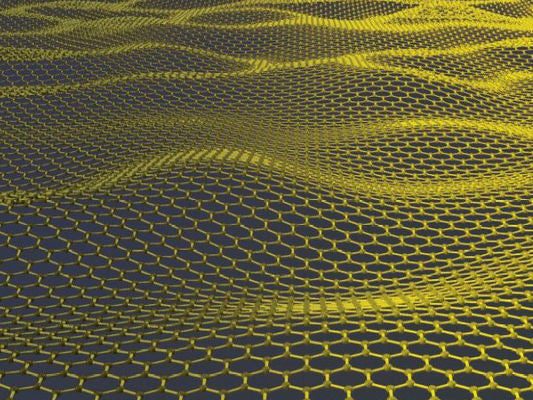Nobody has made night-vision contact lenses yet… but here’s a glimpse at how that technology might work, if it ever comes to be.
University researchers have created a super-light, super-thin material that detects infrared light. Infrared includes the wavelengths of light that, in part, help night-vision goggles see warmer objects in the dark. In the future, a material like this could fit into a number of interesting devices. “It can be stacked on a contact lens or integrated with a cell phone,” lead researcher Zhaohui Zhong said in a statement.
For now, Zhong and his team’s accomplishment is getting graphene to emit a stronger signal after absorbing infrared light. Graphene—a material composed of a single layer of carbon atoms—is able to absorb a wide spectrum of wavelengths of light, including infrared. Normally, however, graphene absorbs very little of what hits it, producing a weak signal as a result. For any kind of graphene optical device to work, it has to get a strong signal from its graphene detector.
Zhong and a team of three other engineers at the University of Michigan constructed a material consisting of two layers of graphene separated by an insulating layer. That material reacted more strongly to infrared light, producing an electrical field that the team measured to deduce how much infrared was hitting it.
The material worked at room temperature, which is another accomplishment because previous attempts to amp up graphene’s light detection required the graphene to be cooled to far below freezing. It also worked for a wide range of infrared wavelengths. Infrared detectors in use now are narrower in range, with different materials specializing in detecting near-infrared and mid-infrared wavelengths.
Zhong and his team published their work in the journal Nature Nanotechnology.









